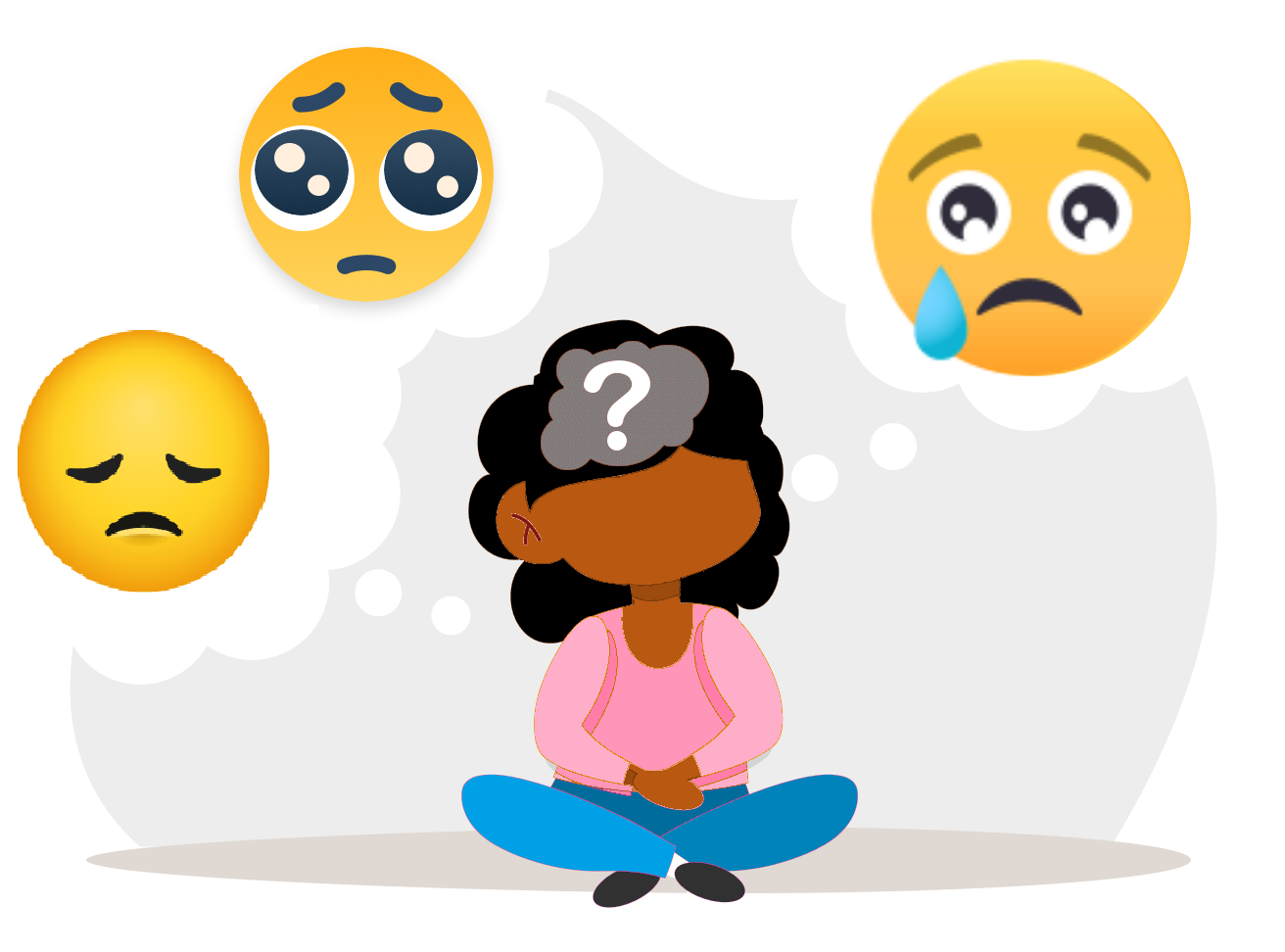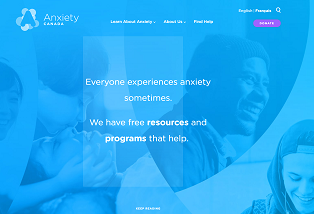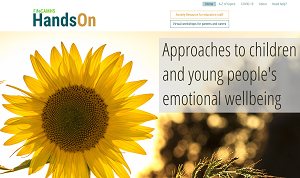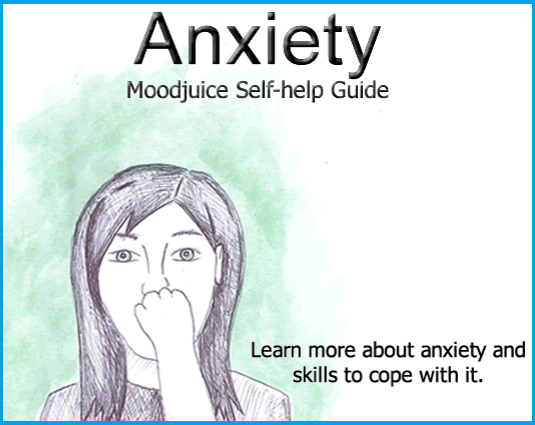
Anxiety is an uncomfortable feeling that everyone has experienced at some point in life. We might also describe this feeling as being worried, nervous, scared, tense or on edge. When we feel anxious we also experience physical feeling of anxiety in our body. These can include a racing heart, breathlessness, dizziness, muscular tension, feeling hot, sweaty and shaky and feeling sick.
These physical symptoms of anxiety are called the ‘flight, fight or freeze’ response, which is our bodies in built alarm system designed to keep us safe from danger. Humans have had this in built alarm system since we were cavemen and women and needed to protect ourselves from woolly mammoths and sabre tooth tigers! When we see or think of something scary, our brain sends messages to our body to get ready to protect us by either running away (flight), fighting back (fight) or hiding (freeze). When our heart beats fast, more blood and oxygen travel to our muscles (so they can work hard) and our muscles become tense (so they’re ready for action). The physical symptoms we experience mean our bodies are ready to run fast, react quickly to danger and keep us safe. Although we don’t need to worry about woolly mammoths and sabre tooth tigers anymore, anxiety can be triggered by other potentially tricky situations such as medical procedures, starting a new school or sitting exams.
As well as experiencing body symptoms of anxiety, anxiety can affect our thoughts and the way we behave. When we feel anxious we might worry for long periods of time. Worries can grow and the mind can jump from one to worry to another very quickly. When this happens worries can start to feel overwhelming and out of control. When worries start to get out of control they can change how we behave. For example, we might avoid going to certain places or seeing certain people because we fear what might happen.




